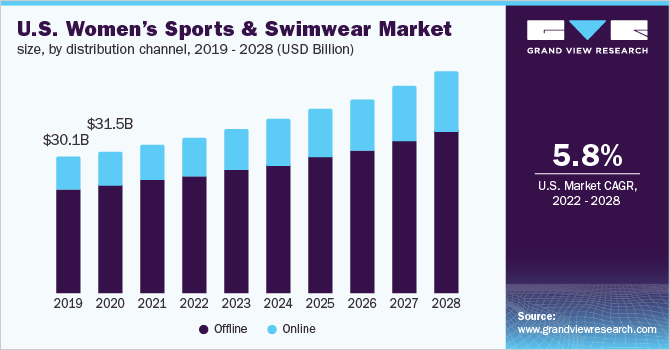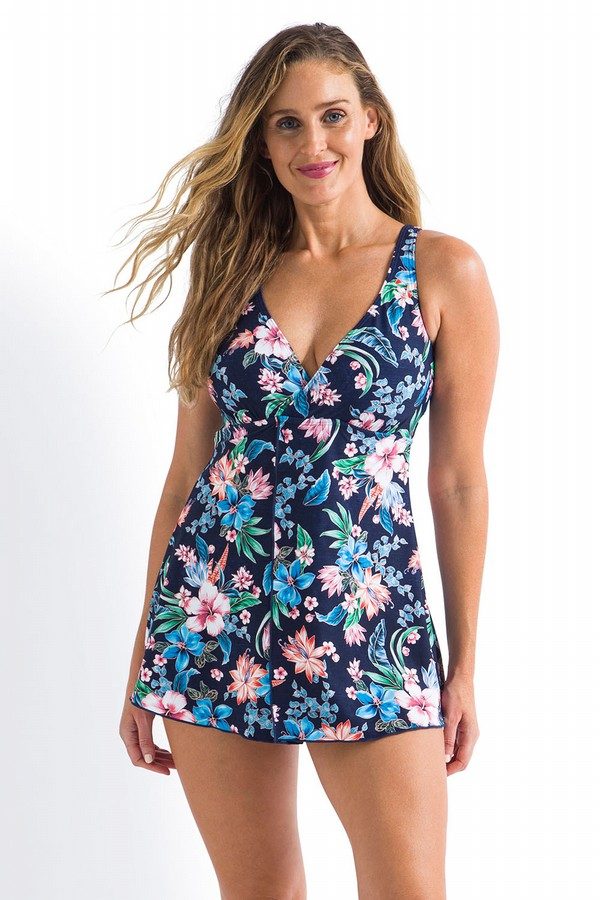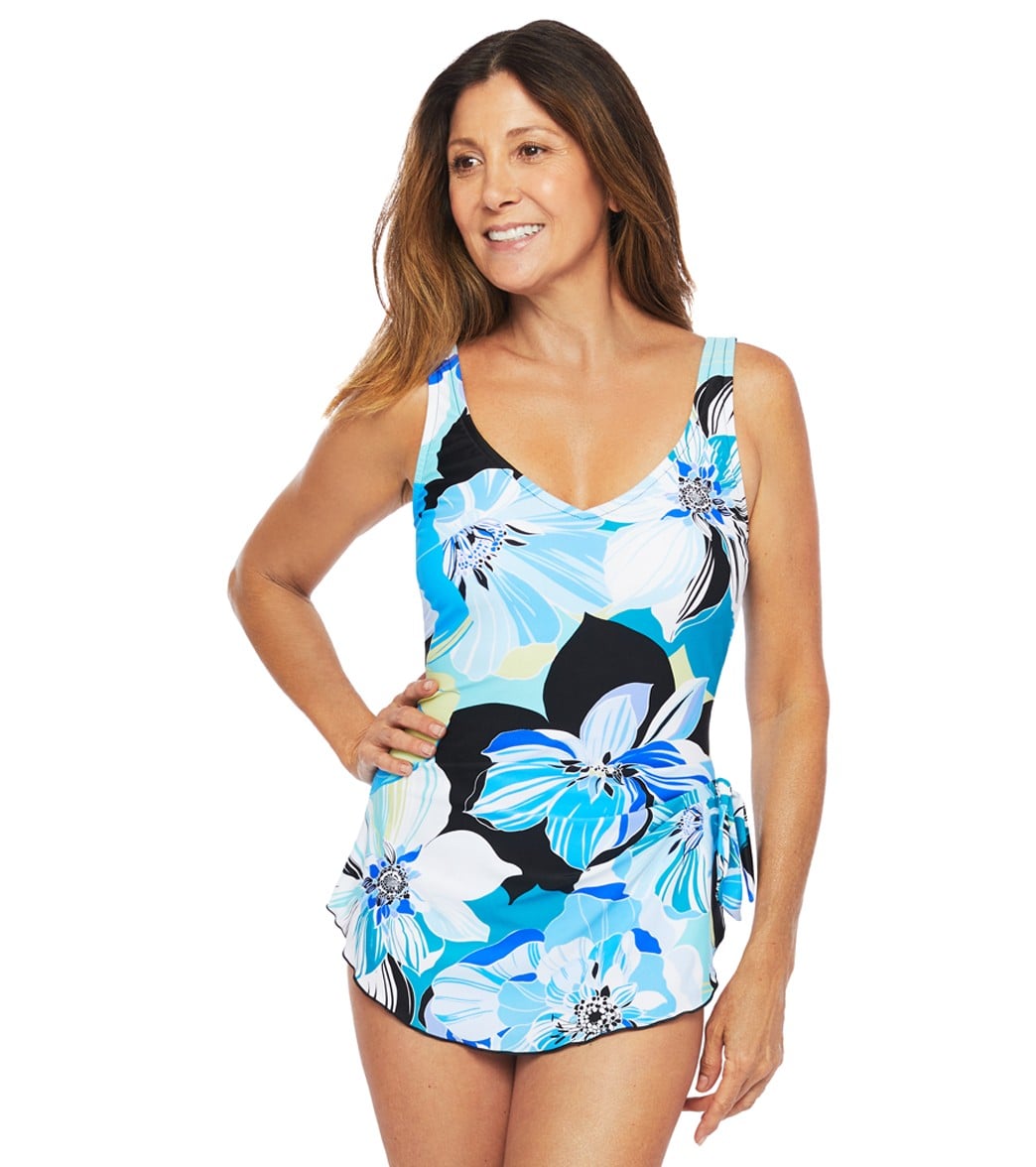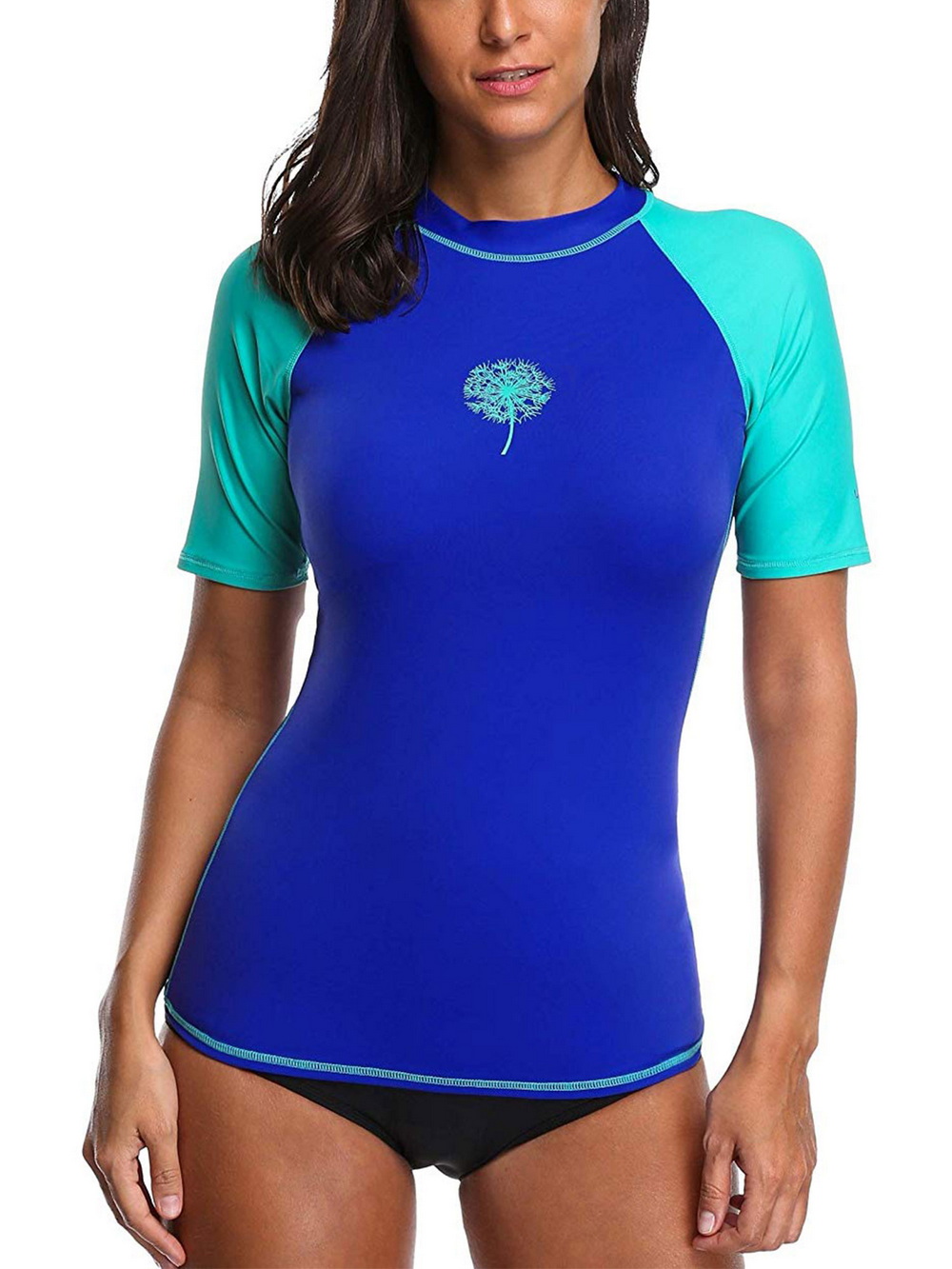Content Menu
● The Global Swimwear Market: An Overview
● Key Players in Swimming Costume Manufacturing
● The Manufacturing Process
● Trends Shaping the Swimming Costume Manufacturing Industry
● Challenges Facing Swimming Costume Manufacturers
● Innovations in Swimming Costume Manufacturing
● The Future of Swimming Costume Manufacturing
● Conclusion
Swimming costume manufacturers play a crucial role in the global swimwear industry, creating products that blend fashion, function, and performance. As the demand for swimwear continues to grow, these manufacturers face both exciting opportunities and significant challenges. In this comprehensive exploration of the swimming costume manufacturing landscape, we'll dive into the current state of the industry, emerging trends, production processes, and the future outlook for this dynamic sector.
The Global Swimwear Market: An Overview
The swimwear industry has experienced steady growth in recent years, driven by factors such as increasing participation in water-based activities, growing health awareness, and the rising popularity of beach vacations. As of 2023, the global swimwear market was valued at approximately $20.47 billion, with projections suggesting it could reach $30.59 billion by 2032. This represents a compound annual growth rate (CAGR) of 4.68%, indicating a robust and expanding market for swimming costume manufacturers.

Asia Pacific has emerged as a dominant force in the swimwear market, holding a substantial market share of 32.44% in 2023. This regional leadership can be attributed to factors such as a large population base, increasing disposable incomes, and a growing interest in water sports and leisure activities.
Key Players in Swimming Costume Manufacturing
The swimwear manufacturing industry is characterized by a mix of established global brands and smaller, specialized producers. Some of the prominent players in the market include:
1. Abely Fashion: With over 20 years of experience, Abely Fashion is a leading swimwear manufacturer offering custom swimwear, bikinis, swim trunks, and sports bras. They pride themselves on providing top-quality swimwear products and have a factory occupying more than 6,000 m2 with over 200 skilled employees.
2. Speedo International: A well-known brand in the swimming world, Speedo is famous for its innovative swimwear designs and has been a popular choice among competitive swimmers for decades.
3. TYR Sport: Named after the Norse god of warriors and deity among athletes, TYR is known for its high-performance swimwear and has been a favorite among many professional swimmers.
4. Arena: An Italian swimming equipment manufacturer that has been producing high-quality swimwear since 1973, known for its innovative designs and materials.
5. Dolfin Swimwear: A US-based company that offers a wide range of swimwear for competitive swimming, water aerobics, and recreational use.
6. Prototype Fashion: This company specializes in "concept to completion" services, offering 100% custom swimwear design services for various types of swimwear, including bikinis, one-piece suits, surf suits, and more.
7. AEL Apparel: Based in China, AEL Apparel is known for its custom swimwear manufacturing capabilities.
8. Bali Swim: An Indonesian manufacturer recognized for its eco-friendly approach to swimwear production.
9. Arcus Apparel Group: This manufacturer is noted for its small-batch production capabilities in the United States, making it a good choice for smaller brands or designers.
10. BOMME STUDIO: A US-based manufacturer that emphasizes ethical production practices in swimwear manufacturing.
These manufacturers cater to various market segments, from high-performance competitive swimwear to fashion-forward beachwear. They offer different specialties, such as custom designs, eco-friendly production, or small-batch manufacturing, allowing brands and designers to choose a manufacturer that best fits their needs.
These manufacturers cater to various market segments, from competitive swimmers to casual beachgoers, offering a wide range of products to meet diverse consumer needs.
The Manufacturing Process
Creating high-quality swimming costumes involves a complex process that combines design expertise, material selection, and advanced production techniques. Here's an overview of the key steps involved in swimming costume manufacturing:
1. Design and Conceptualization: The process begins with designers creating sketches and digital renderings of new swimwear styles. They consider factors such as current fashion trends, performance requirements, and target demographics.
2. Pattern Making: Once designs are finalized, pattern makers create precise templates for each component of the swimming costume. These patterns are crucial for ensuring proper fit and functionality.
3. Material Selection: Manufacturers choose appropriate fabrics and materials based on the intended use of the swimwear. Common materials include polyester, nylon, and spandex blends, which offer properties like chlorine resistance, UV protection, and quick-drying capabilities.
4. Cutting: Using advanced cutting machines or manual techniques, the chosen fabrics are cut according to the patterns created earlier.
5. Sewing and Assembly: Skilled workers or automated systems assemble the cut pieces, paying close attention to seam strength and overall construction quality.
6. Embellishment and Finishing: Additional elements such as logos, prints, or decorative features are added at this stage. This may involve techniques like heat transfer, embroidery, or appliqué.
7. Quality Control: Rigorous testing is conducted to ensure that the finished swimming costumes meet standards for durability, chlorine resistance, and overall performance.
8. Packaging and Distribution: The final products are packaged and prepared for distribution to retailers or direct-to-consumer channels.

Trends Shaping the Swimming Costume Manufacturing Industry
Several key trends are influencing the direction of swimming costume manufacturing:
1. Sustainability: Eco-conscious consumers are driving demand for sustainable swimwear options. Manufacturers are responding by incorporating recycled materials, such as plastics recovered from the ocean, into their products. They are also exploring more environmentally friendly production processes to reduce their carbon footprint.
2. Technology Integration: Advanced technologies are being incorporated into swimming costumes to enhance performance. This includes the use of compression fabrics to reduce muscle fatigue, hydrophobic coatings for improved water repellency, and even smart textiles that can monitor vital signs during water activities.
3. Customization and Personalization: With the rise of e-commerce and digital printing technologies, many swimming costume manufacturers are offering customized or made-to-order options. This allows consumers to create unique designs or obtain perfect-fitting swimwear.
4. Inclusive Sizing: There is a growing emphasis on body positivity and inclusivity in the fashion industry, and swimming costume manufacturers are no exception. Many brands are expanding their size ranges and offering styles designed to flatter diverse body types.
5. Multifunctional Designs: Consumers are seeking versatile swimwear that can transition from the beach to other settings. This has led to the development of swimming costumes that can double as bodysuits or activewear, blurring the lines between categories.

Challenges Facing Swimming Costume Manufacturers
While the industry presents numerous opportunities, swimming costume manufacturers also face several challenges:
1. Rising Material Costs: The prices of key materials like nylon and spandex can be volatile, impacting production costs and profit margins.
2. Intense Competition: The market is highly competitive, with numerous brands vying for consumer attention. This requires manufacturers to constantly innovate and differentiate their offerings.
3. Changing Consumer Preferences: Fashion trends in swimwear can shift rapidly, requiring manufacturers to be agile in their design and production processes.
4. Regulatory Compliance: Manufacturers must navigate various regulations related to textile safety, labeling requirements, and environmental standards across different markets.
5. Supply Chain Disruptions: Global events, such as the recent pandemic, can significantly impact supply chains, causing delays and increased costs.
6. Counterfeiting: Popular swimwear brands often face issues with counterfeit products, which can damage brand reputation and impact sales.
Innovations in Swimming Costume Manufacturing
To address these challenges and capitalize on emerging opportunities, swimming costume manufacturers are embracing various innovations:
1. 3D Printing: Some manufacturers are experimenting with 3D printing technologies to create custom-fit swimming costumes or produce complex design elements.
2. Nanotechnology: The integration of nanotechnology in fabric treatments is enhancing properties like water repellency, UV protection, and antimicrobial capabilities.
3. Biomimicry: Inspired by nature, some manufacturers are developing swimwear that mimics the skin of fast-swimming marine animals to reduce drag and improve performance.
4. Virtual Fitting Rooms: Advanced augmented reality (AR) and artificial intelligence (AI) technologies are being used to create virtual fitting experiences, allowing customers to visualize how swimming costumes will look on their bodies before making a purchase.
5. Blockchain for Transparency: Some manufacturers are adopting blockchain technology to provide transparency in their supply chains, allowing consumers to trace the origin and journey of their swimming costumes.

The Future of Swimming Costume Manufacturing
As we look to the future, several factors are likely to shape the trajectory of swimming costume manufacturing:
1. Continued Emphasis on Sustainability: Eco-friendly materials and production processes will become increasingly important as consumers and regulators focus on environmental impact.
2. Advancements in Smart Textiles: The integration of technology into swimwear is expected to advance, potentially leading to swimming costumes that can monitor health metrics, adjust to water temperature, or even change color on demand.
3. Personalization at Scale: Improvements in manufacturing technologies may enable greater customization options while maintaining efficiency in production.
4. Expansion of Direct-to-Consumer Models: More manufacturers may adopt direct-to-consumer sales strategies, leveraging e-commerce platforms and social media to build brand loyalty and gather valuable consumer data.
5. Increased Focus on Performance: As competitive swimming continues to evolve, manufacturers will likely invest more in research and development to create high-performance swimwear that can give athletes a competitive edge.
Conclusion
The world of swimming costume manufacturing is a dynamic and evolving industry that sits at the intersection of fashion, technology, and performance. As consumer preferences shift and new technologies emerge, manufacturers must remain agile and innovative to succeed in this competitive landscape. From sustainable materials to smart textiles, the future of swimming costume manufacturing promises to be as exciting as it is challenging.
For both established players and newcomers to the industry, success will depend on the ability to anticipate trends, embrace new technologies, and meet the diverse needs of a global consumer base. As we move forward, swimming costume manufacturers will play a crucial role in shaping not just what we wear in the water, but how we interact with aquatic environments and pursue our passion for swimming and water-based activities.

Whether it's for competitive athletes striving for Olympic gold or casual beachgoers looking for the perfect vacation attire, swimming costume manufacturers will continue to push the boundaries of design, functionality, and sustainability. As they do so, they'll not only be creating products but also contributing to the broader conversations around body positivity, environmental responsibility, and the integration of technology into our daily lives. The future of swimming costume manufacturing is bright, and it's clear that this industry will remain a vital and innovative part of the global fashion and sportswear landscape for years to come.





















